

Gebel El Silsila
Known in Pharaonic times as Khenu (Place of Rowing), Gebel Silsilla was an important centre for the cult of the Nile.
Gebel El-Silsila quarry
Gebel Silsila is a rocky gorge located between Kom Ombo and Edfu, where the River Nile narrows and steep sandstone cliffs rise right up to the water. In ancient times, this area likely had rapids that made navigation risky, creating a natural boundary between the regions of Elephantine (Aswan) and Edfu. The river was called Khennui, meaning ‘place of rowing,’ during Pharaonic times. On the west bank, there is a tall rock column known as ‘The Capstan,’ named after a local legend about a chain (Silsila in Arabic) that once stretched across the river. Arthur Weigall, in his book ‘Antiquities of Egypt,’ mentions that the name Silsileh is a Roman alteration of the original Egyptian name Khol-Khol, which means a barrier or frontier. By Dynasty XVIII, travelers began carving small shrines into the cliffs, dedicating them to various Nile gods and the river itself. Tuthmose I, Hatshepsut, and Tuthmose III created smaller shrines before Horemheb built his rock-cut temple. Many kings from Dynasty XIX and later also left their marks. Gebel Silsila became a significant cult center, where offerings and sacrifices were made each year at the start of the inundation season to ensure the country’s prosperity for the upcoming year.

Gebel El- Silsila was famous for what
The large quarries on both sides of the Nile provided the sandstone needed for many monuments during Dynasty XVIII. Initially, the stone was quarried in small amounts, but as workers improved their skills, larger quantities were extracted. This allowed for the construction of impressive structures like the colonnade of Amenhotep III at Luxor, the Karnak Temple of Amenhotep IV, the Ramesseum, and Medinet Habu, among others. By the time of the Ptolemaic period, many temples in Upper Egypt featured monuments made from Gebel Silsila sandstone, which was regarded as especially sacred. The sandstone cliffs on the West Bank are decorated with graffiti, shrines, and stelae, including 33 rock chapels. During Dynasty XVIII, rulers like Tuthmose I, Hatshepsut, Tuthmose III, and Horemheb built shrines, while in Dynasty XIX, Rameses II, Merenptah, Siptah, Seti II, Rameses III, and Rameses V left behind intricately carved stelae. Seti I also created an inscribed Hymn to the Nile and started two festivals, which were later supported by Rameses II and Merenptah.

Gebel Silsila temple
Sobek, the crocodile god, is the main deity depicted here. He is known as the 'Lord of Khennui' and is one of the twin gods of Kom Ombo along with Haroeris (Horus the Elder). Hapi, the god of the Nile, also received many offerings. The site's location near Aswan led to the worship of the Triad of Elephantine, which includes Khnum, Satet, and Anuket. Tauret, the hippopotamus goddess, is also prominently featured at Gebel Silsila, particularly in the Speos of Horemheb. Merenptah, Rameses II, and Seti I built three shrines on the southern end of the river's west bank. The shrines were arranged from north to south, with a quay in front of them. Unfortunately, an earthquake destroyed Seti's shrine and the quay. These shrines can now be easily reached by boat. On the northern side, there are sheer rock faces that resemble sliced blocks of cheese. These rocks bear mason's marks, drawings by artisans, and other evidence of ancient activities. A staircase carved into the rock leads up one side of the cliffs, but it disappears at the top, leaving you almost stranded. However, there is a rough path that passes by 'The Capstan' and continues on to the royal shrines. The initial monument found here is a big rock stele positioned perpendicular to the river. It was constructed by Rameses III during the sixth year of his reign. The first of the royal shrines was built in the first year of Merenptah's rule. Similar to the other two, it was deeply recessed into the rock, with two columns and a cornice. The king is depicted worshipping various gods, and the inscription portrays a Hymn to the Nile. Towards the south, there is a small stele of Merenptah, where the king presents a figure of Ma'at to Amun-re. Standing behind him are the Vizier Panahesy and another official. Unfortunately, in June 2012, thieves attempting to remove the stele from the rock caused severe damage to its lower part.
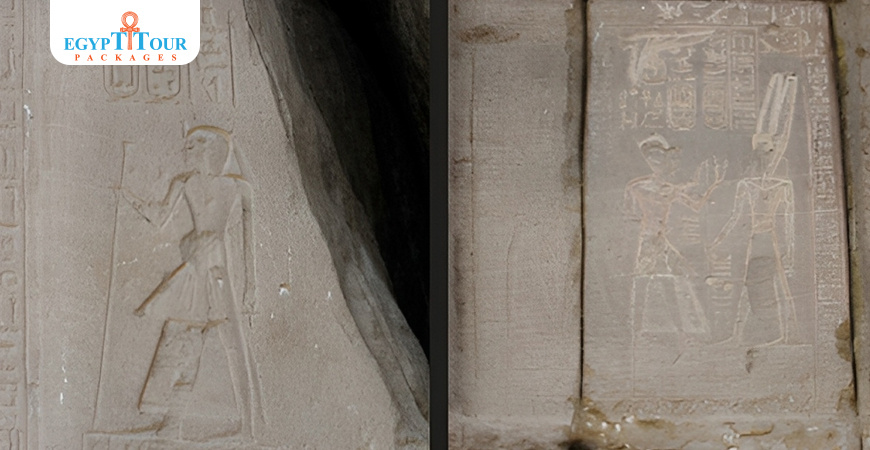
Gebel Silsila
The second shrine belongs to the early reign of Rameses II and also shows the king worshipping several deities. Queen Nefertari is seen before a figure of the hippopotamus goddess Tauret who is dressed in a very unusual robe. To the south of the Rameses shrine is another small stele to Merenptah on which the King is joined by the High Priest of Amun, Roy. A small figure of King Amenhotep I stands beside this stele.
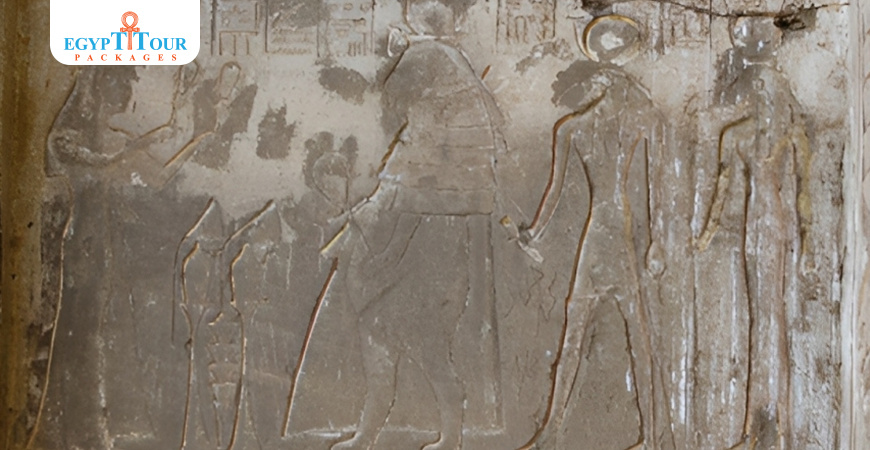
Gebel Silsila Egypt
The third shrine and the earliest in the group was mostly destroyed by an earthquake. It was built for Seti I and seems to have been in a similar style to the other two royal shrines.

Gebel El silsila
In the northern area, there are numerous rock-shrines that can be observed by visitors. Some of these shrines have intricate chapels that house statues of their owners and have beautifully decorated ceilings. Unfortunately, many of these shrines have been damaged by quarrying or earthquakes and are now exposed to the elements. However, they can still be viewed from the wide path that runs alongside the river. These shrines were built for high-ranking officials, priests, royal scribes, and nobles of that time period. Additionally, there is a tomb from Dynasty XVIII that belongs to Sennefer, a libation priest from Thebes, who was laid to rest here with his wife Hatshepsut. The tomb is now open to the sky, and visitors can see the remains of five seated statues as well as hieroglyphic inscriptions near the water's edge. At the topmost part of the quarries, there are three big rock-stelae that were carved for Rameses V, Shoshenq I, and Rameses III (in that order from north to south). Rameses V's stela, which is one of his largest known monuments, has an inscription dedicated to Amun-Re, Mut, Khons, and Sobek-Re of Khennui. Shoshenq's stela tells the story of how the king extracted stones from this place for his construction projects at Karnak in the 21st year of his reign. On Rameses III's stela, the king can be seen presenting a statue of ma'at to Amun-Re, Mut, and Khons.
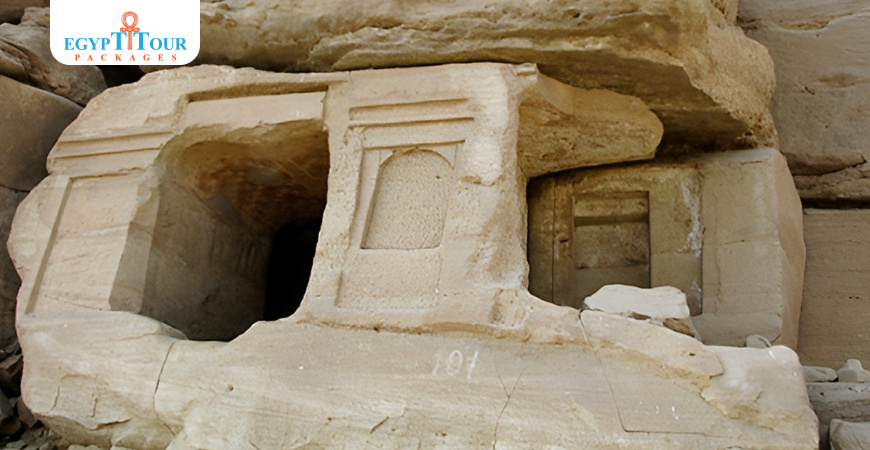
The Shrines of Gebel el-Silsila
Horemheb was the last king of Dynasty XVIII and he carved a much larger rock-chapel, out of the hillside at the northern end of the site. The chapel was dedicated to Amun-Re as well as other deities that were connected to the River Nile.The monument consists of a façade of five doorways separated by pillars of differing widths, behind which is a long transverse hall with vaulted roof and a smaller oblong chamber, the sanctuary, to the rear. All the walls are covered in reliefs and inscriptions, in some places quite damaged, but in others there are some very fine high quality reliefs. Horemheb himself never finished the speos, and the decoration was later completed by subsequent kings and nobles who carved their own stelae and inscriptions on the walls.
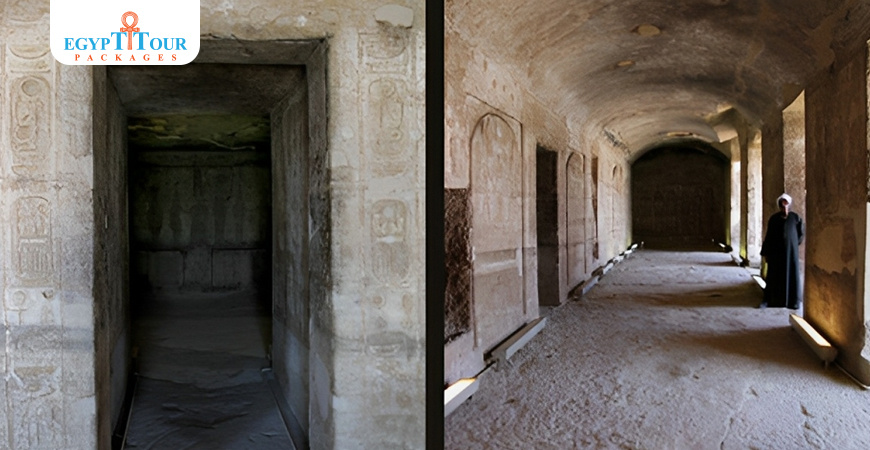
Gebel El- Silsila was famous for
The deities depicted on the walls, besides Amun-re, are Sobek in the form of a crocodile, the ram-headed god Khnum of the First Cataract, Satet of Elephantine, Anuket, goddess of Sehel, Tauret as a hippopotamus and Hapi, god of the Nile. As well as those of Horemheb, cartouches of Rameses II, Merenptah, Amenemesse, Seti II, Siptah and Rameses III appear in the reliefs.

Gebel el Silsila tombs
On the southern end wall, the benevolent goddess Tauret is seen in rare human form, suckling the young King Horemheb. Behind her is a damaged figure of Khnum and to her left, Amun-Re and Sobek of Kennui.
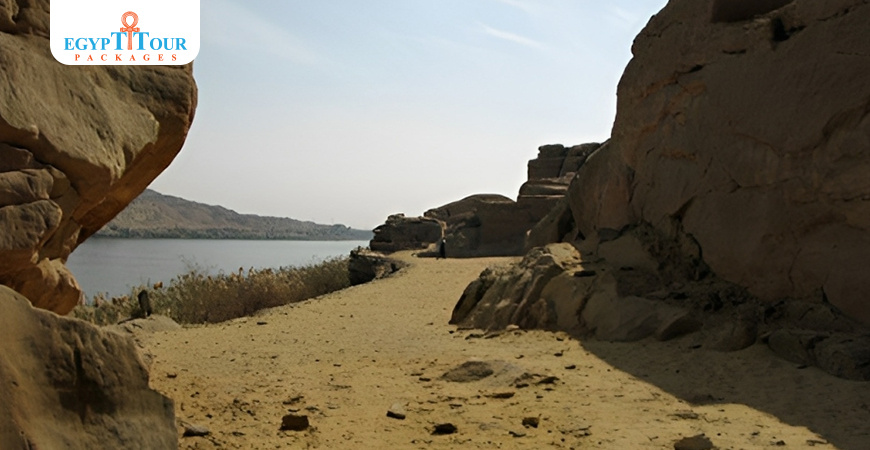
Gebel el silsila temple
The western wall depicts one of the most noted reliefs of Horemheb, the king’s ‘Triumphal Procession’ after his victory in Nubia. Horemheb is shown seated on a portable lion-chair which is carried by twelve soldiers wearing plumes of feathers. At the front and back of the king are his fan-bearers, protecting Pharaoh from the sun. His entourage include rows of priests, soldiers, a trumpeter and several groups of captured prisoners, all depicted in a very natural style, almost echoing some of the Tell El Amarna, also known as Amarna or Akhetaten, is an archaeological site in Egypt that holds great historical and cultural significance. Amarna Period reliefs. The inscription above the king extols his victory over the people of Kush.
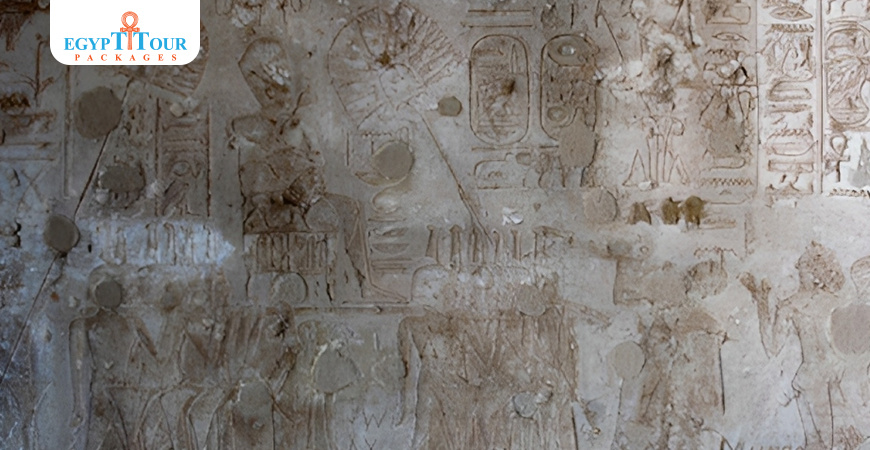
Gebel Alsilsila
Another important relief here depicts a list of four Heb-sed festivals of Rameses II in the 30th, 34th, 37th and 40th years of his reign, which were supervised by his eldest son, Prince Khaemwaset.
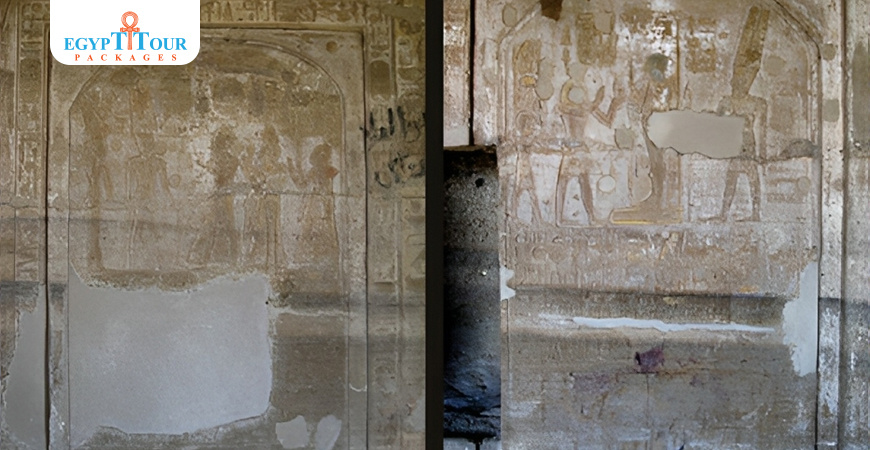
Gebel el Silsila tomb
On the northern end wall there is a niche with six figures cut in high relief, depicting (from west to east) the Vizier Panehesy, the goddess Ma’at, a male relation Amennakht, a female relation ‘Songstress of Hathor’, the god Ptah and finally Ra’y, a female relation with the title ‘Songstress of Re’. This is a rare relief where a private family is seen in the presence of the gods. Many other stelae and reliefs line the walls of the hall, giving the names of Dynasty XIX kings and their officials.
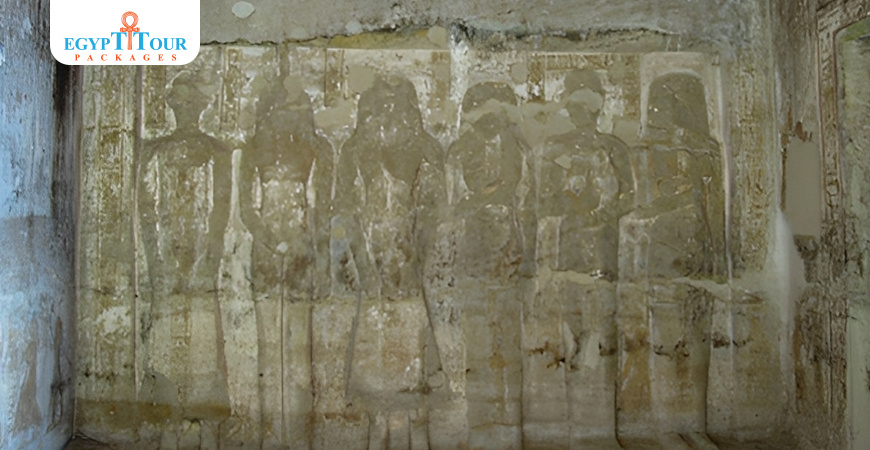
Gebel ElSilsila
The sanctuary to the rear of the vaulted hall contains seven very damaged figures which are said to depict Sobek, Tauret, Mut, Amen-Re, Khons, Horemheb and Thoth. The side walls show a wide variety of gods and demi-gods, while the walls inside the doorway have reliefs of the Elephantine Triad, Khnum, Satet and Anuket as well as Osiris and the scorpion goddess Selkhet. Tauret presides over a symbolical representation of the union of Upper and Lower Egypt.

Gebel Silsila temples
Gebel Silsila East is home to the impressive quarries on the eastern bank of the Nile. These quarries were extensively used during the New Kingdom, especially during the reign of Rameses II. Rameses II employed a workforce of three thousand workers to extract stone for the construction of the Ramesseum on the western bank of Thebes. Additionally, numerous shrines and stelae were carved into the rock at Gebel Silsila East, with the names of the kings who oversaw the quarrying operations being recorded by their officials who provided detailed reports of their work. The inscription on a large stele of Amenhotep III records the transport of stone for the construction of a temple of Ptah. His son Amenhotep IV, who later became Akhenaten, also has a stele here on which he worships Amun and records that he quarried stone for an obelisk to be erected in his Temple of the Sun at Karnak.

Gebel El Silsila map
Unfortunately, the east bank quarries are now officially closed to visitors without special permission.
How to get there
Gebel Silsila West can be reached by road from Edfu, following the river south for about 40km. A series of villages amble through green agricultural fields gradually giving way to desert. After the last small village, the track climbs steeply into the sandstone quarries. Alternately, it may be possible to hire a felucca from Edfu or Aswan which can sail on the river and moor at the bank for a visit to the monuments.
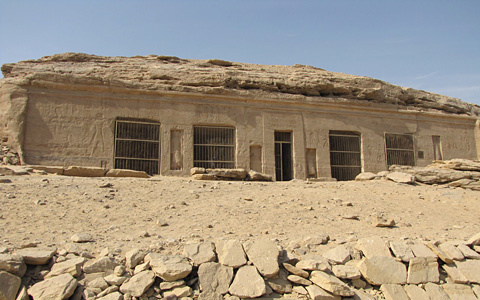
Post A Comment
Your Email Address Will Not Be Published.
Hot Categories
Topics of Aswan
Suggested Tours
Table of Contents
- Gebel El-Silsila quarry
- Gebel El- Silsila was famous for what
- Gebel Silsila temple
- Gebel Silsila
- Gebel Silsila Egypt
- Gebel El silsila
- The Shrines of Gebel el-Silsila
- Gebel El- Silsila was famous for
- Gebel el Silsila tombs
- Gebel el silsila temple
- Gebel Alsilsila
- Gebel el Silsila tomb
- Gebel ElSilsila
- Gebel Silsila temples
- Gebel El Silsila map



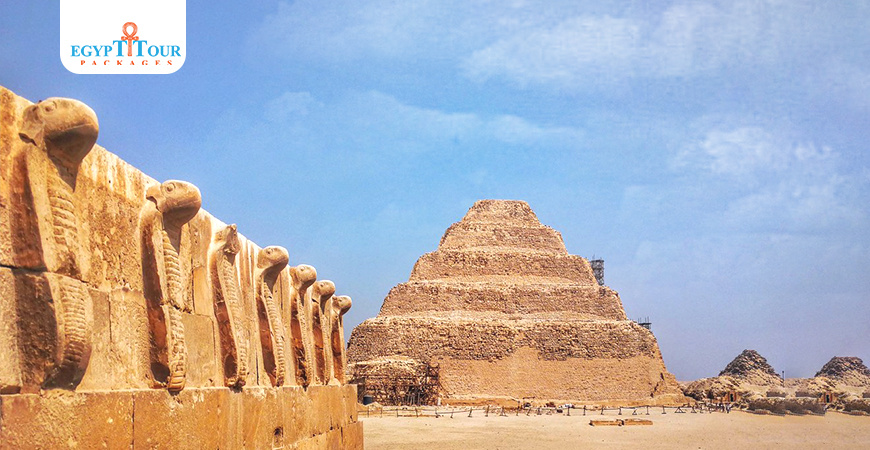







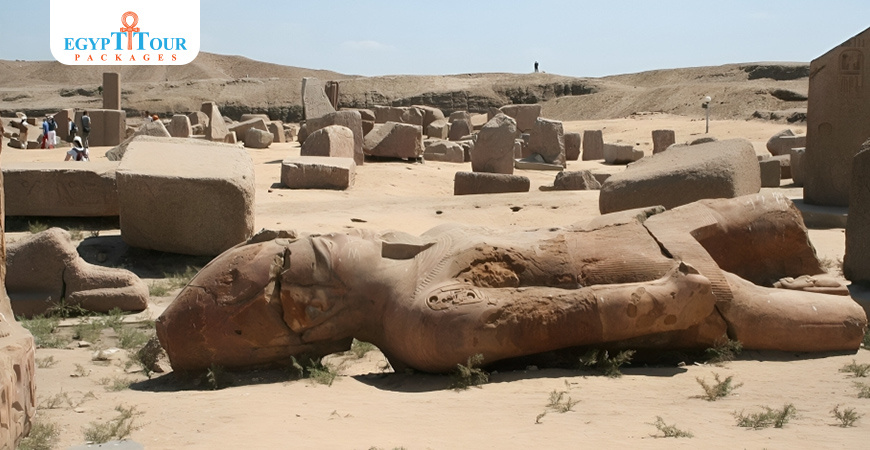


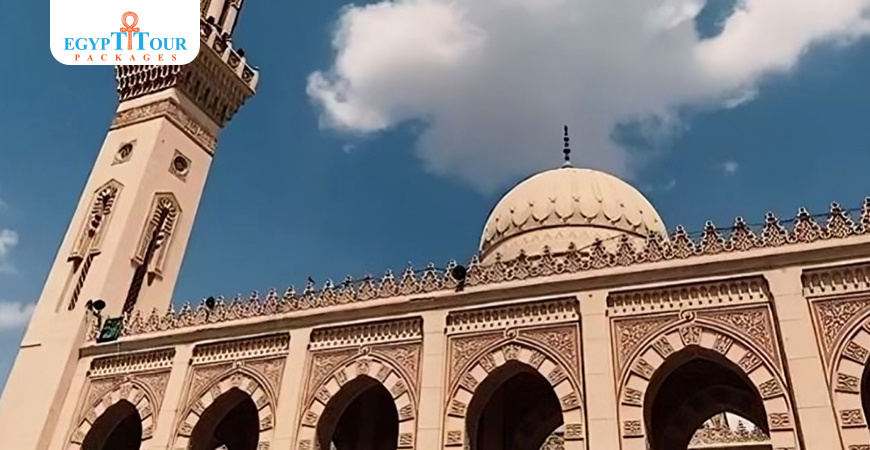


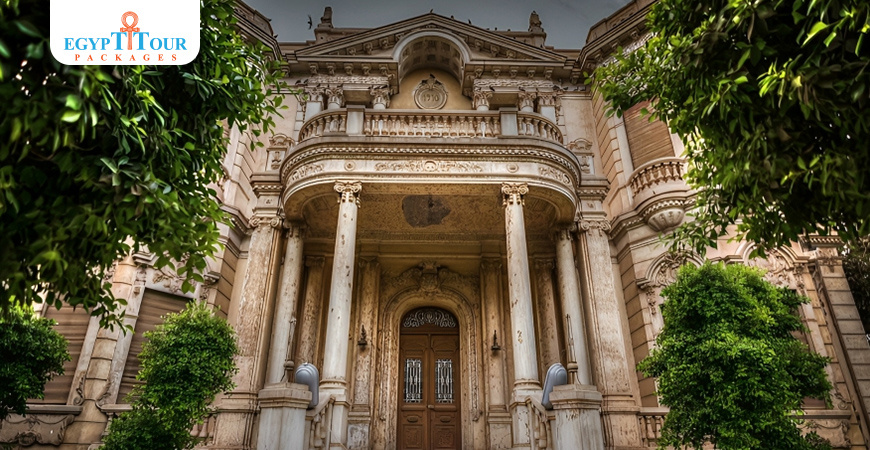
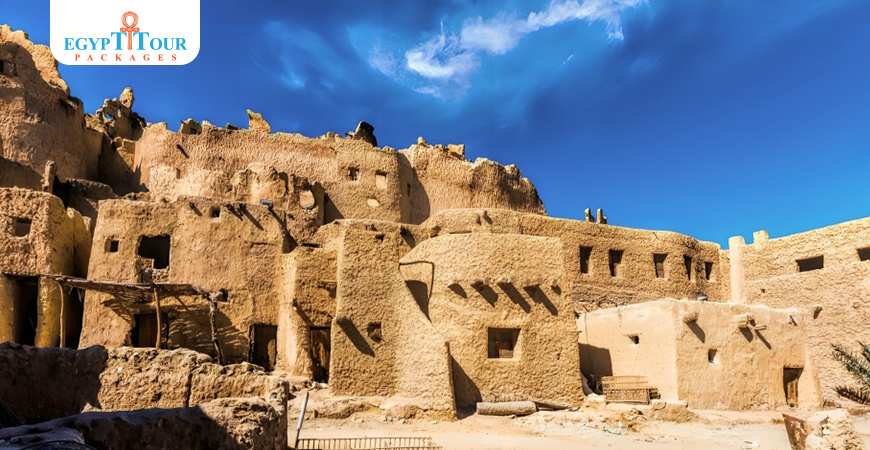
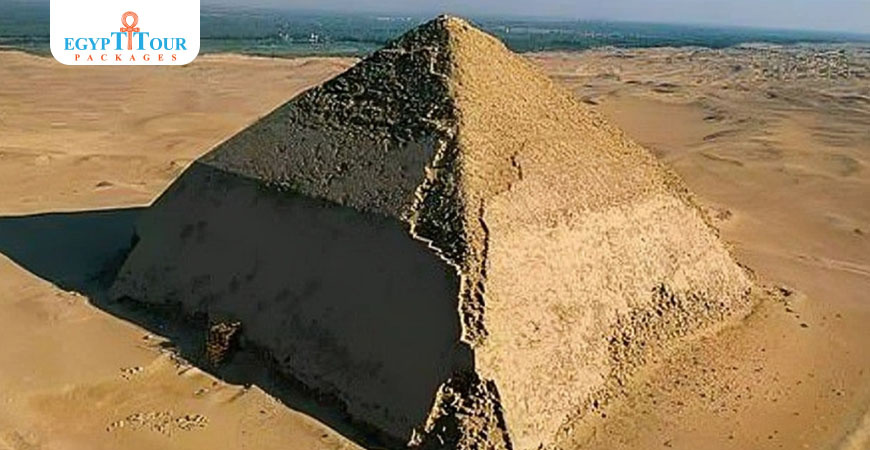
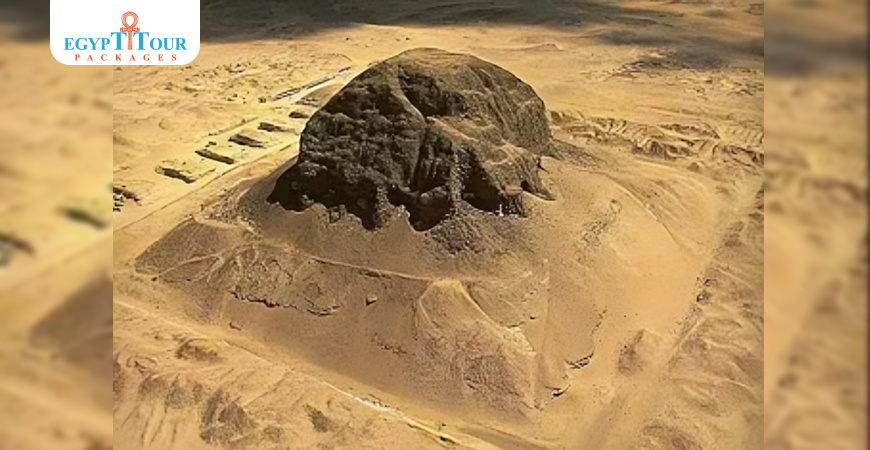
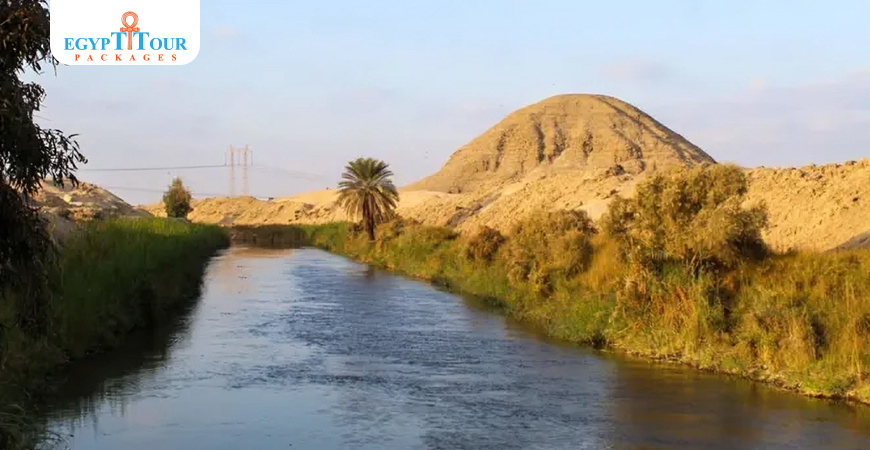
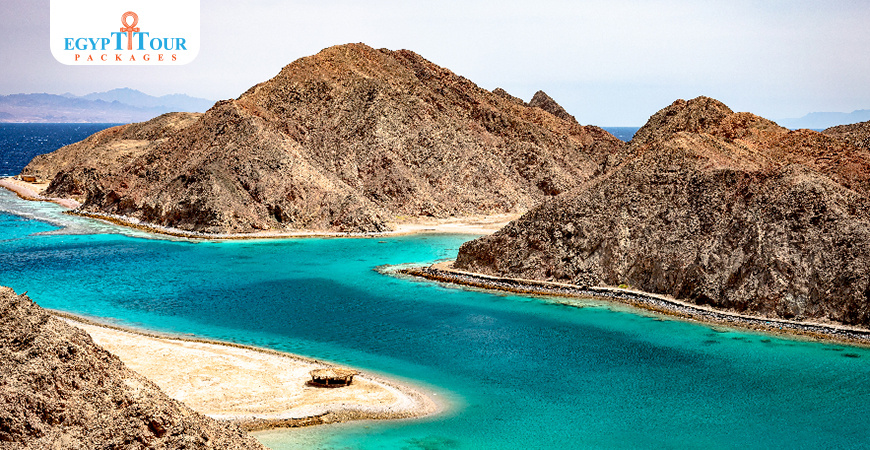

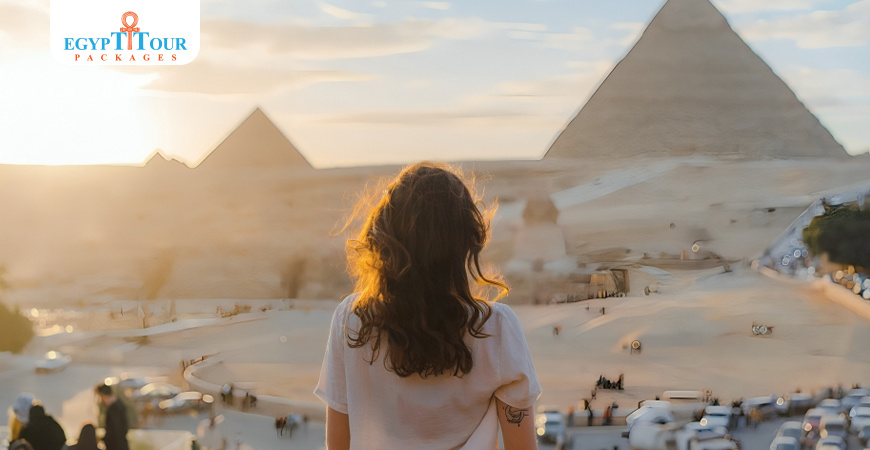
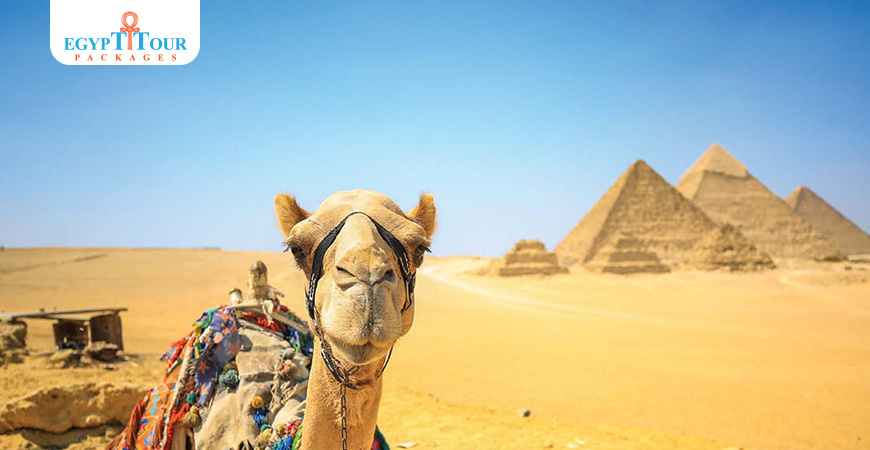











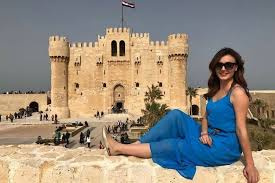

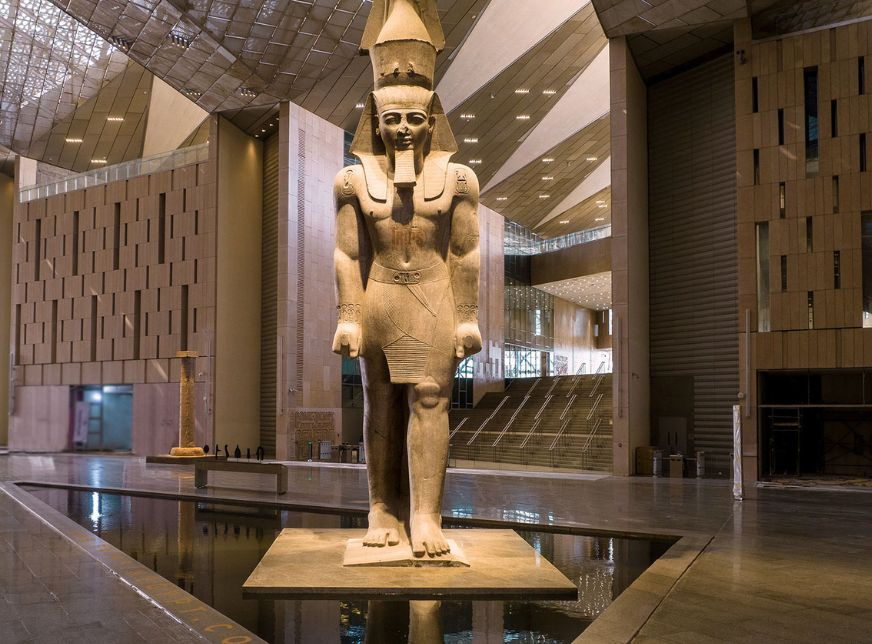





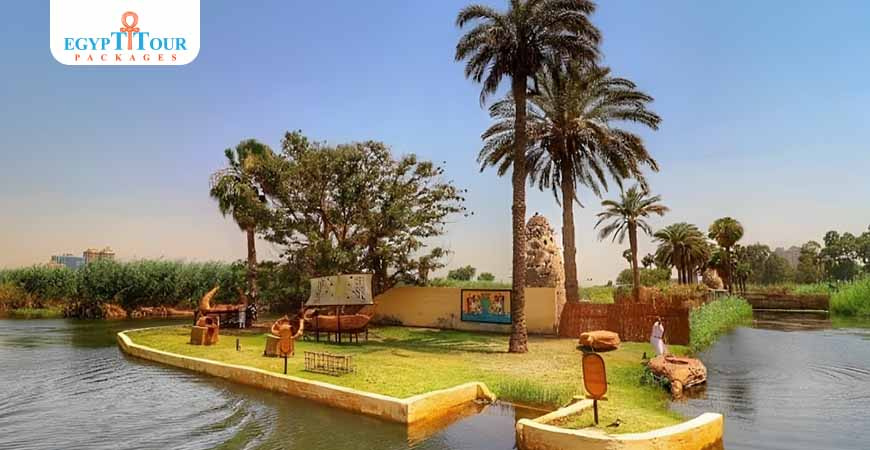




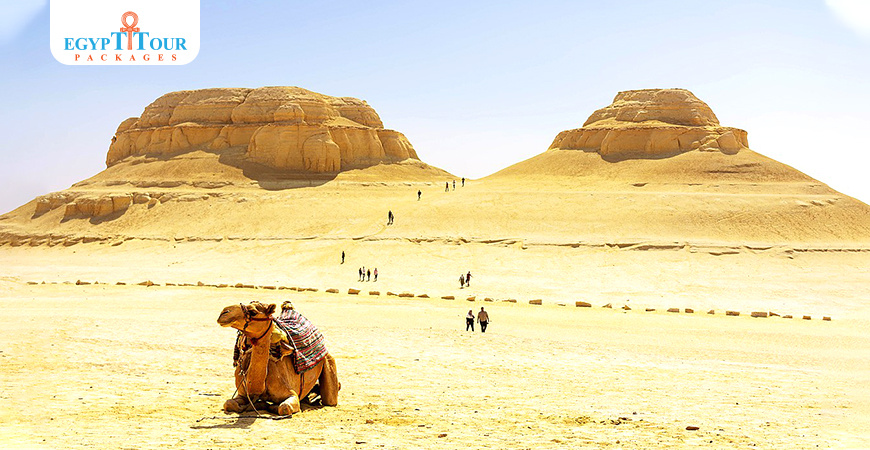


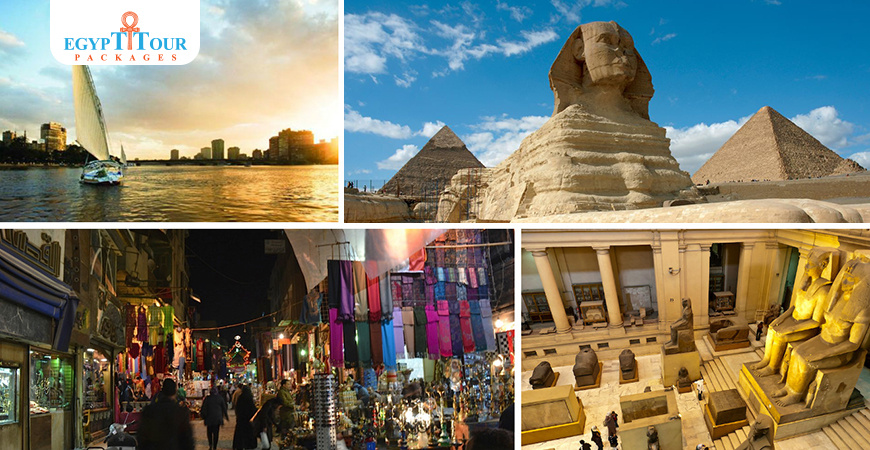

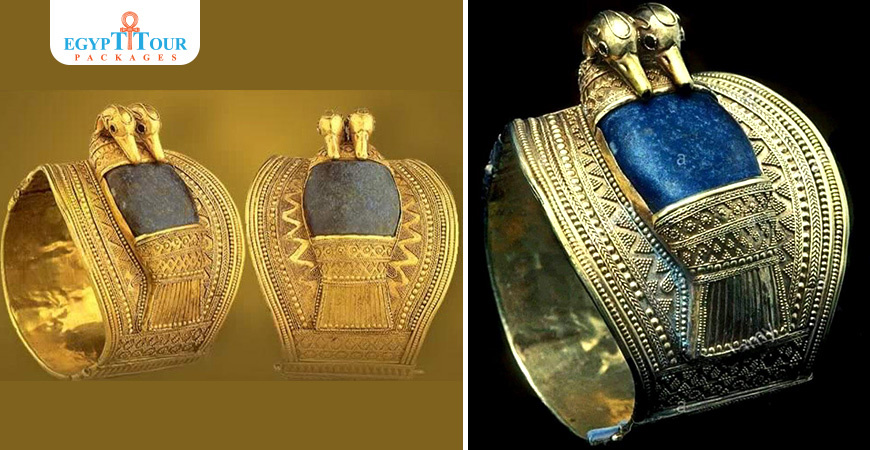
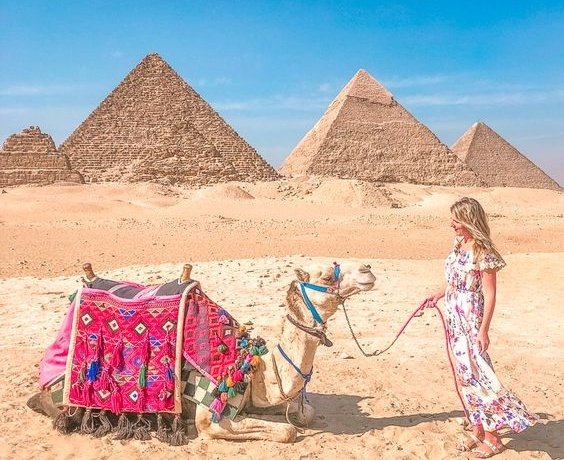

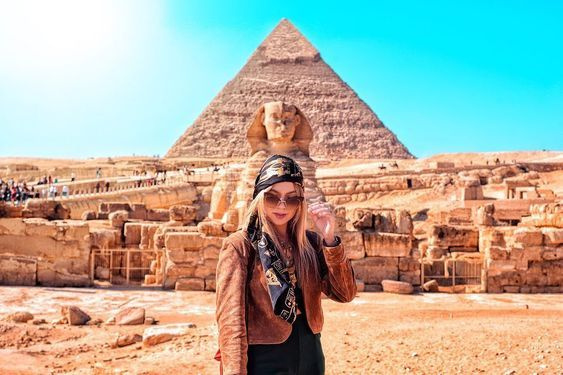
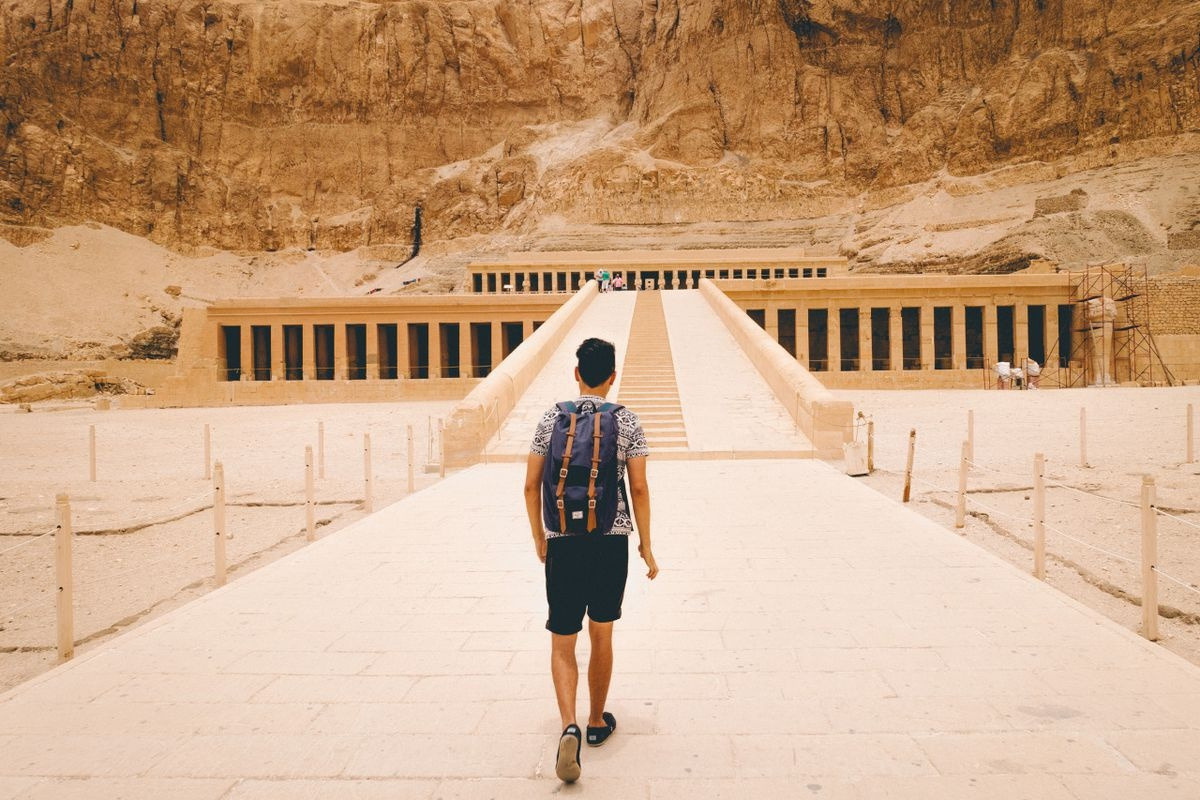


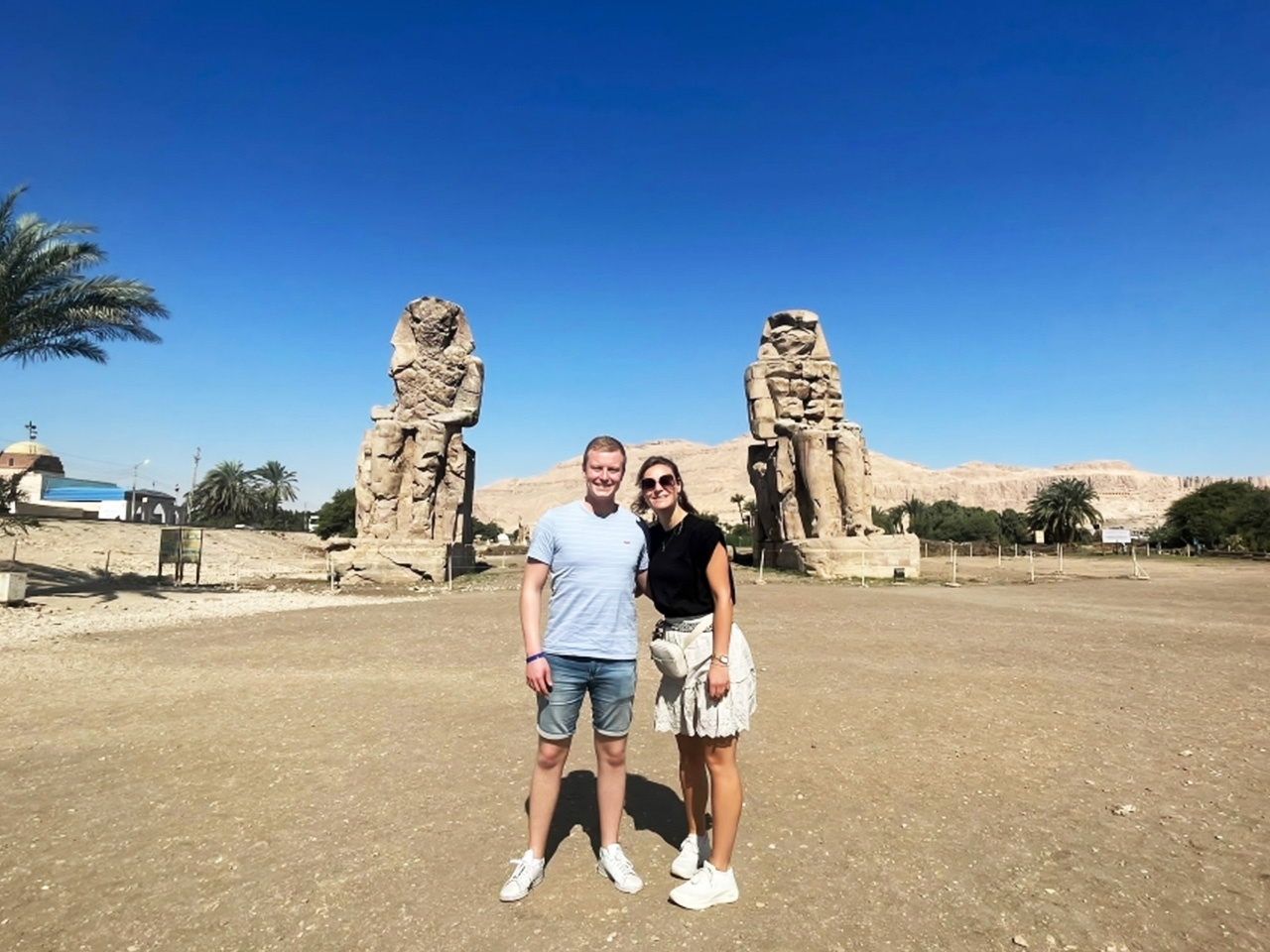

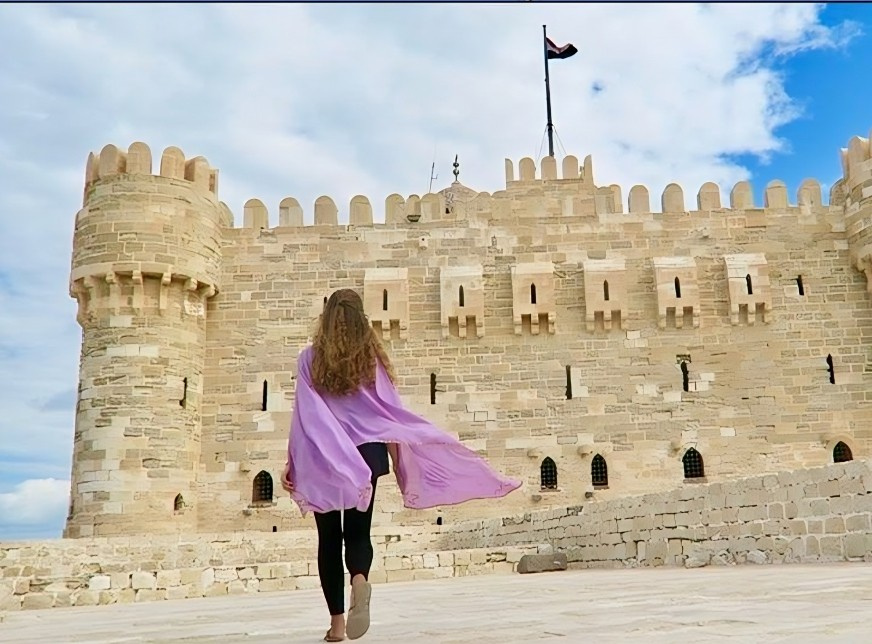
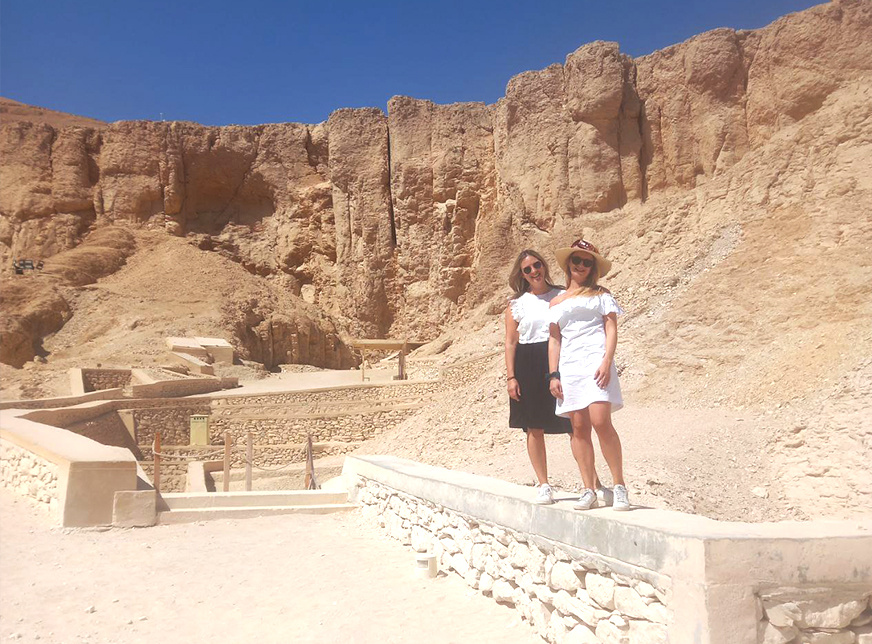
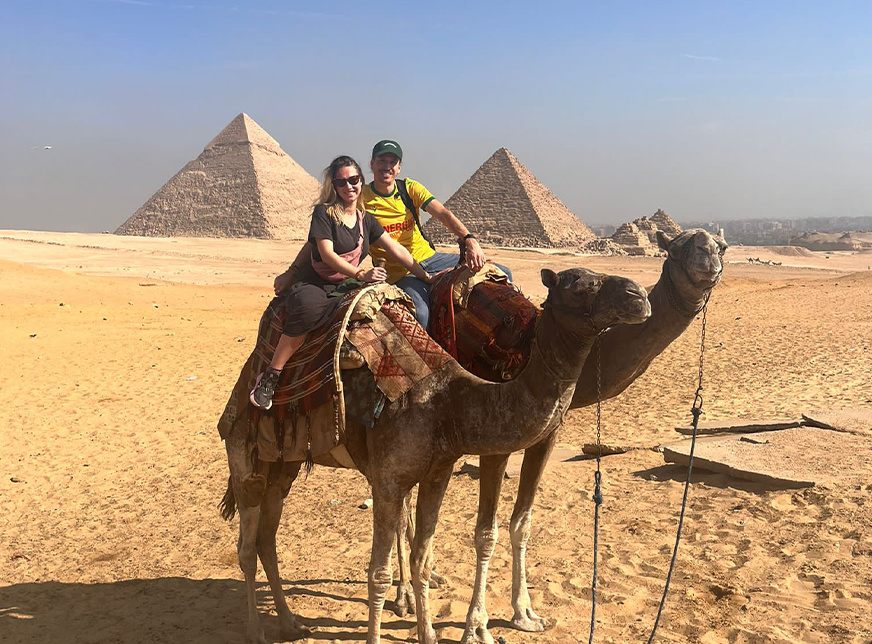
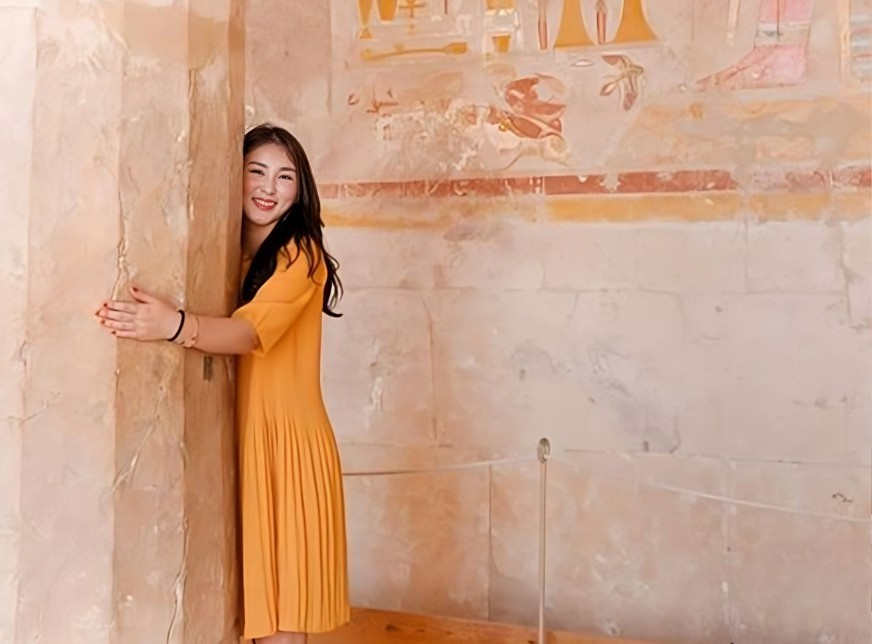

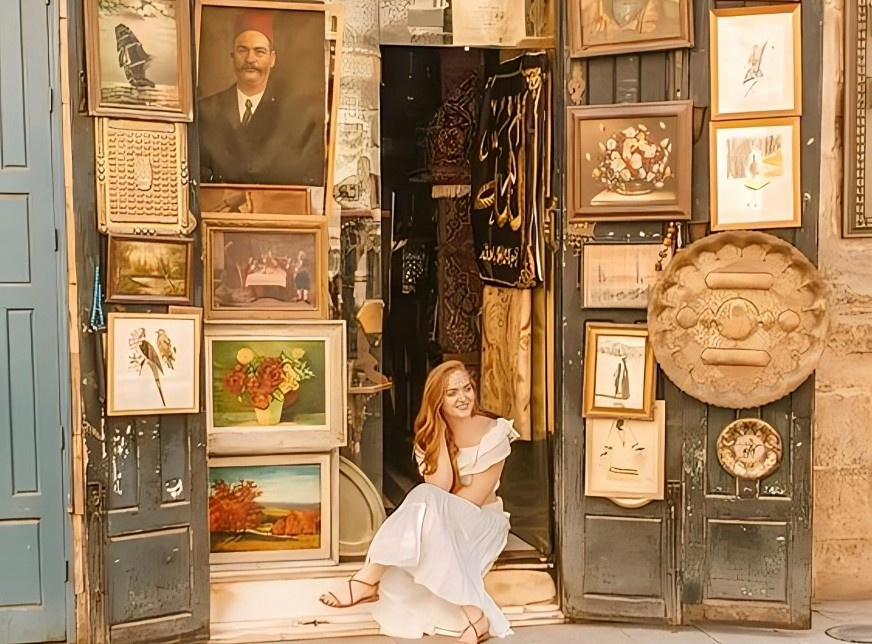








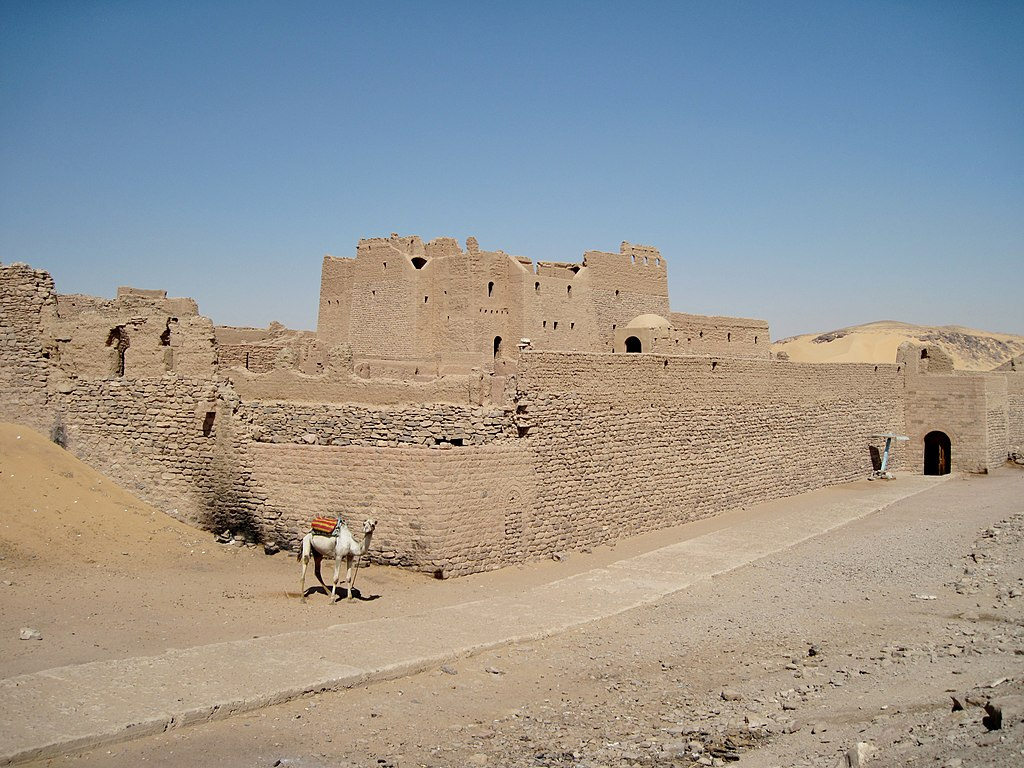


0 Comments